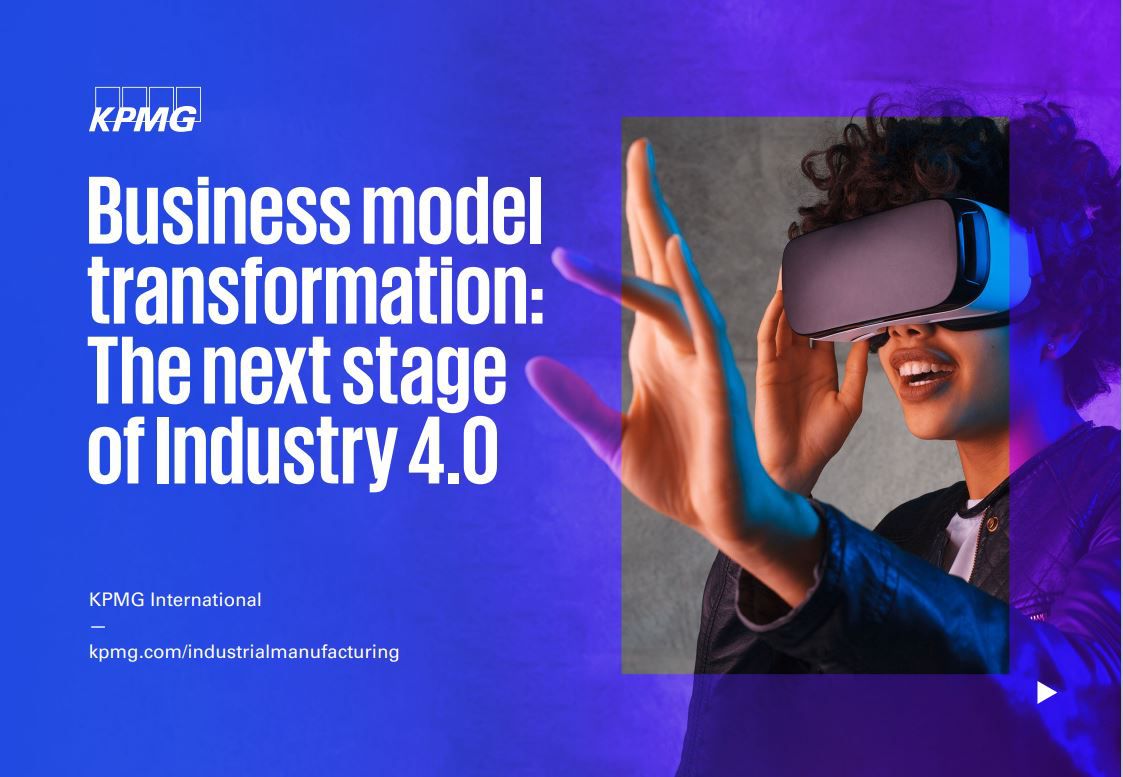Business model transformation is the next logical step on the road toward digital transformation. KPMG firms’ have taken individual technologies that have led to major improvements in the operations of parts of their business. Based on these successes, it is now time to take a broader approach and apply an array of technologies to change the way an entire company does business. An example of business model transformation is to re-imagine the company as a service provider as well as manufacturer. This can help enable it to develop new revenue streams along the entire life cycle of a product.
By doing so, the firm can develop a deeper, richer relationship with its clients, and for a continuous length of time. As a result, the relationship becomes less transactional and more mutually beneficial. Industrial manufacturers should be able to engage their customers in innovation projects that can lead to better products and more profits for the end-user as well as the producer. Achieving this, however, is a long and complex process in which all parts of the operations, from research and development to after-sales service need to be re-examined and put back together in new, more profitable ways.
Download the full report for examples of business model tranformation, challenges to overcome, and key takeaways.
Collaboration is key to the success of these transformations, so do not forget to partner with customers and suppliers. Nobody has all the answers. Also, include the rank-and-file workforce in the design and implementation process, by seeking the input of a cross-section of employees.
Get in touch
Connect with us
- Find office locations kpmg.findOfficeLocations
- kpmg.emailUs
- Social media @ KPMG kpmg.socialMedia




